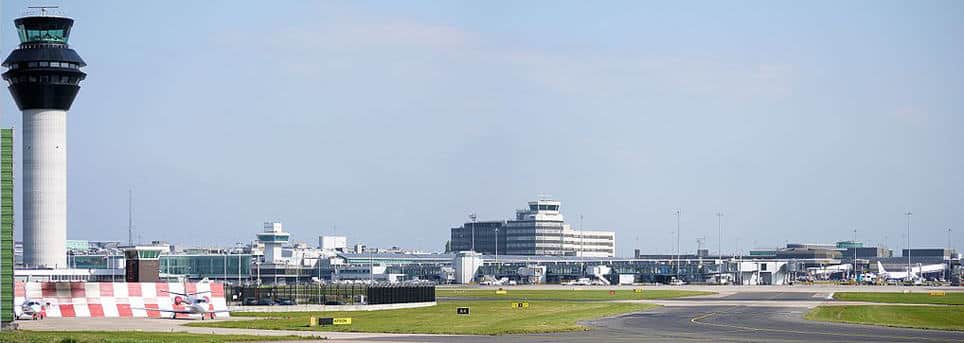The Challenge
The Manchester Airport Transformation Programme is an ambitious £1 billion programme that will is set to improve facilities and capacity at the UK’s third largest airport. Over the next ten years, Manchester Airports Group (MAG) will expand and reconfigure Terminal 2, to become the airport’s primary terminal building, and improve the existing Terminal 3. They will also demolish Terminal 1, to build a new improved terminal.
This work is due to commence in 2018, however there maybe capacity constraints in the Airport that need to be improved before the new development can begin. As specialists in airport capacity planning worldwide, AiQ Consulting were asked to look at how to improve capacity between now and 2018. There was a need to reduce investment costs to a minimum, and to provide cost efficient options for how Manchester Airport can manage growth, new entrants and expansion of airlines.
The Solution
We ran complex check in calculations based on surveys we undertook of passengers and processing lines within the terminal. We looked at conventional check in methods and newer automated technologies, to find out the best options for the airport.
There are many automated and efficient Check In options that can use new technology in order to manage capacity better. Typically, automated Check In occurs in two stages:
Step 1 – check in online/common user self service (CUSS) machine kiosk
Step 2 – bag tag machine kiosk weigh and print tags and the passenger puts the bag in the system
The Benefit
The options we presented for each terminal are now being considered by stakeholders to be implemented. These options rely on front-end technologies to speed up the Check In process and make it more efficient. In order to manage capacity before the Manchester Airport Transformation Programme begins, stakeholders need to be engaged.
- Increased capacity and flexibility using new baggage technology
- Efficient stakeholder management
- Prevented unnecessary investment costs
- Resource utilisation increased
- Improved passenger customer service and airport experience
- Integrated technology
- Expert baggage systems knowledge
Image Source: By techboy_t (Manchester Airport Pan) [CC BY 2.0 (http://creativecommons.org/licenses/by/2.0) or CC BY 2.0 (http://creativecommons.org/licenses/by/2.0)], via Wikimedia Commons

